Telepresence medical robot market set to reach $159.5 million by 2028
Increasing adoption of robots in health care settings and product innovations are contributing to the market's growth
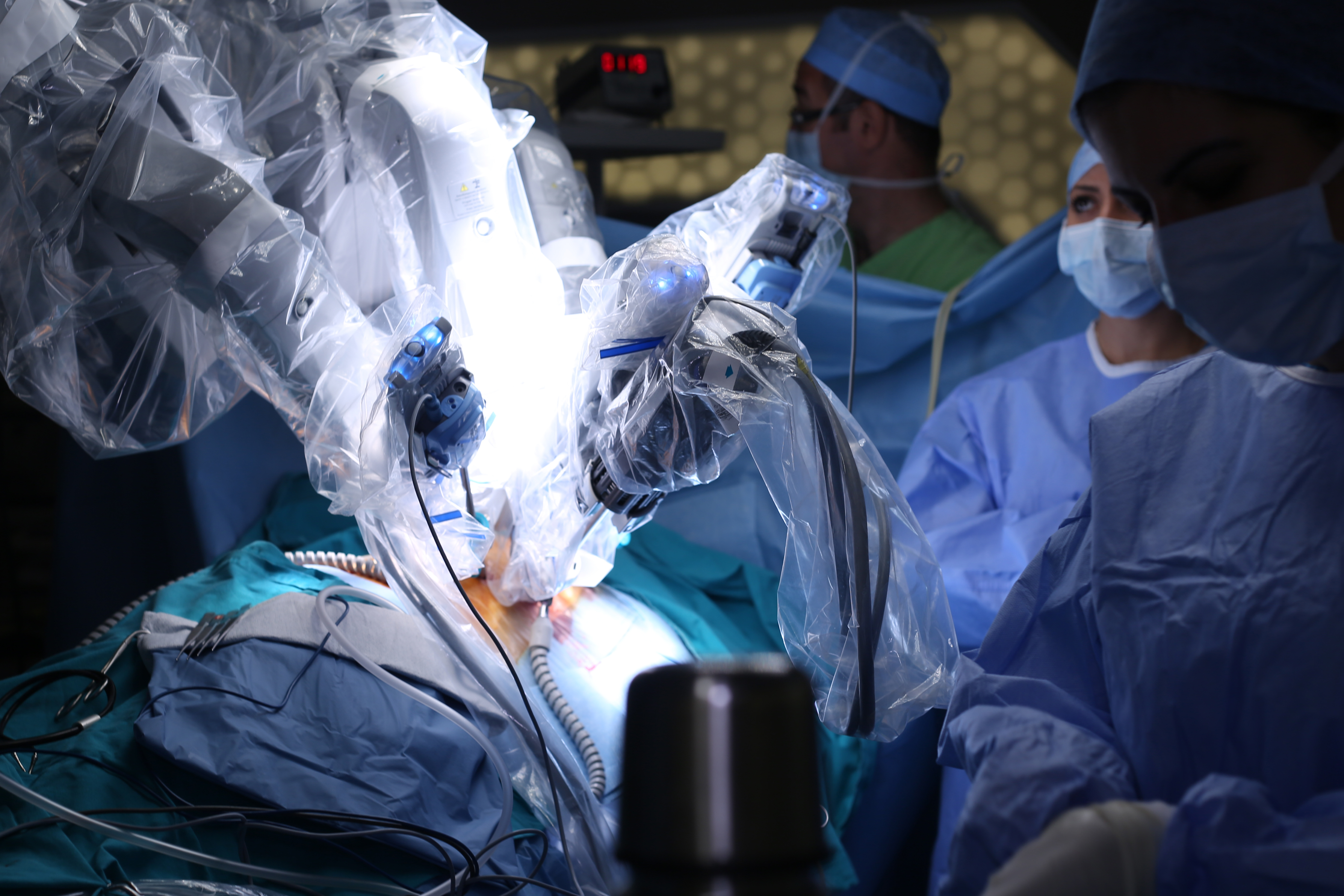

The worldwide medical telepresence robots market is expected to increase to $159.5 million by 2028, according to a new analyst report.
Published by Grand View Research, the report said the market is projected to expand at a compound annual growth rate (CAGR) of 18.5% from 2021 to 2028. The growing adoption of telepresence robots in the health care sector and product innovations catering to the increasing demand have contributed to this growth.
The report also said that with an increasingly elderly population with chronic illnesses requiring regular monitoring, demand for such robots in home situations will only grow.
The telepresence robot market experienced solid growth during the COVID-19 pandemic because of increasing deployments of such devices in hospitals worldwide.
The report cited one example in the Yatharth Hospital in Noida, which deployed Mitra robots to help health care providers deliver care with telepresence technology.
In another example, the Providence Regional Medical Center in Everett, Washington used the InTouch Health Robot Vici to aid the virtual presence and communication between doctors and patients.
The report added that features enabling two-way communication and connecting from any location to monitor patients remotely further boost the demand for medical telepresence robots.
Get the ITPro daily newsletter
Sign up today and you will receive a free copy of our Future Focus 2025 report - the leading guidance on AI, cybersecurity and other IT challenges as per 700+ senior executives
The report said several companies are breaking into the market, offering technologically advanced robots, introducing new features catering to the current demand, and bolstering R&D efforts. These factors also boost the adoption of medical telepresence robots.
RELATED RESOURCE
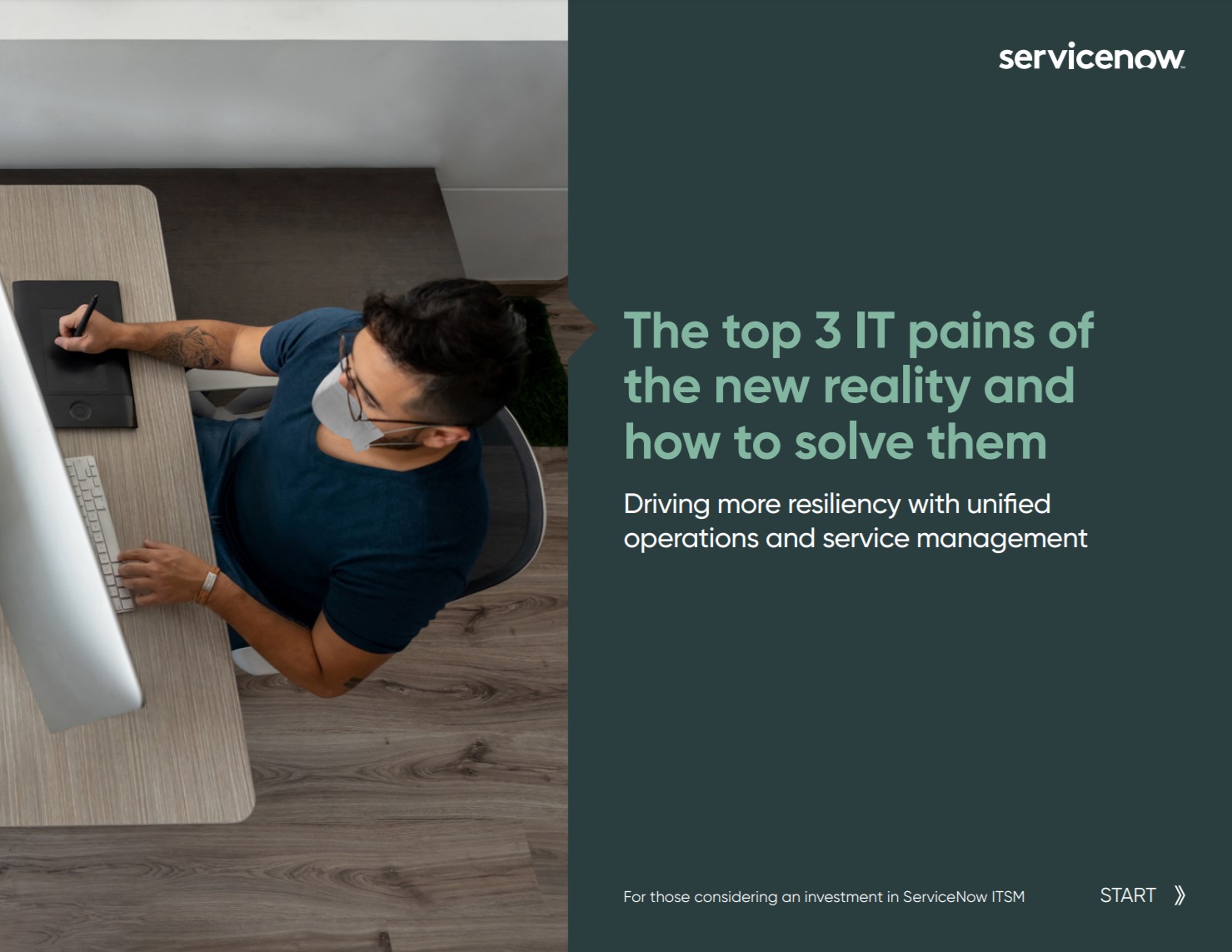
The top three IT pains of the new reality and how to solve them
Driving more resiliency with unified operations and service management
The report added that most governments worldwide were taking initiatives to support artificial intelligence and robotics, attracting new entrants to enter the market.
In 2020, North America dominated the market with a revenue share of over 40%, thanks to the higher adoption of artificial intelligence and robotics in the health care sector and the increasing number of players in the region. In addition, the rise in disposable income, the growing geriatric population, and the increasing prevalence of chronic illnesses are expected to support the demand for medical telepresence robots.
The report found that last year, hospitals and assisted living facilities held the largest share of the medical telepresence robots market at over 70%. However, the home use telepresence robot segment is set to increase at the highest CAGR of 19.5% over the forecast period due to the increase in the geriatric population, rise in the number of patients with chronic illnesses needing regular monitoring, and the availability of some affordable telepresence robots in the market.
Mobile robots dominated the market with a revenue share of over 65% in 2020 and are expected to witness the fastest growth over the forecast period.
Analysts said this growth was because of features such as autonomous navigation, adjustable height, head motion, and obstacle avoidance that enable smooth and efficient delivery of services and virtual monitoring, thereby facilitating effective teleconsultation.
Rene Millman is a freelance writer and broadcaster who covers cybersecurity, AI, IoT, and the cloud. He also works as a contributing analyst at GigaOm and has previously worked as an analyst for Gartner covering the infrastructure market. He has made numerous television appearances to give his views and expertise on technology trends and companies that affect and shape our lives. You can follow Rene Millman on Twitter.
-
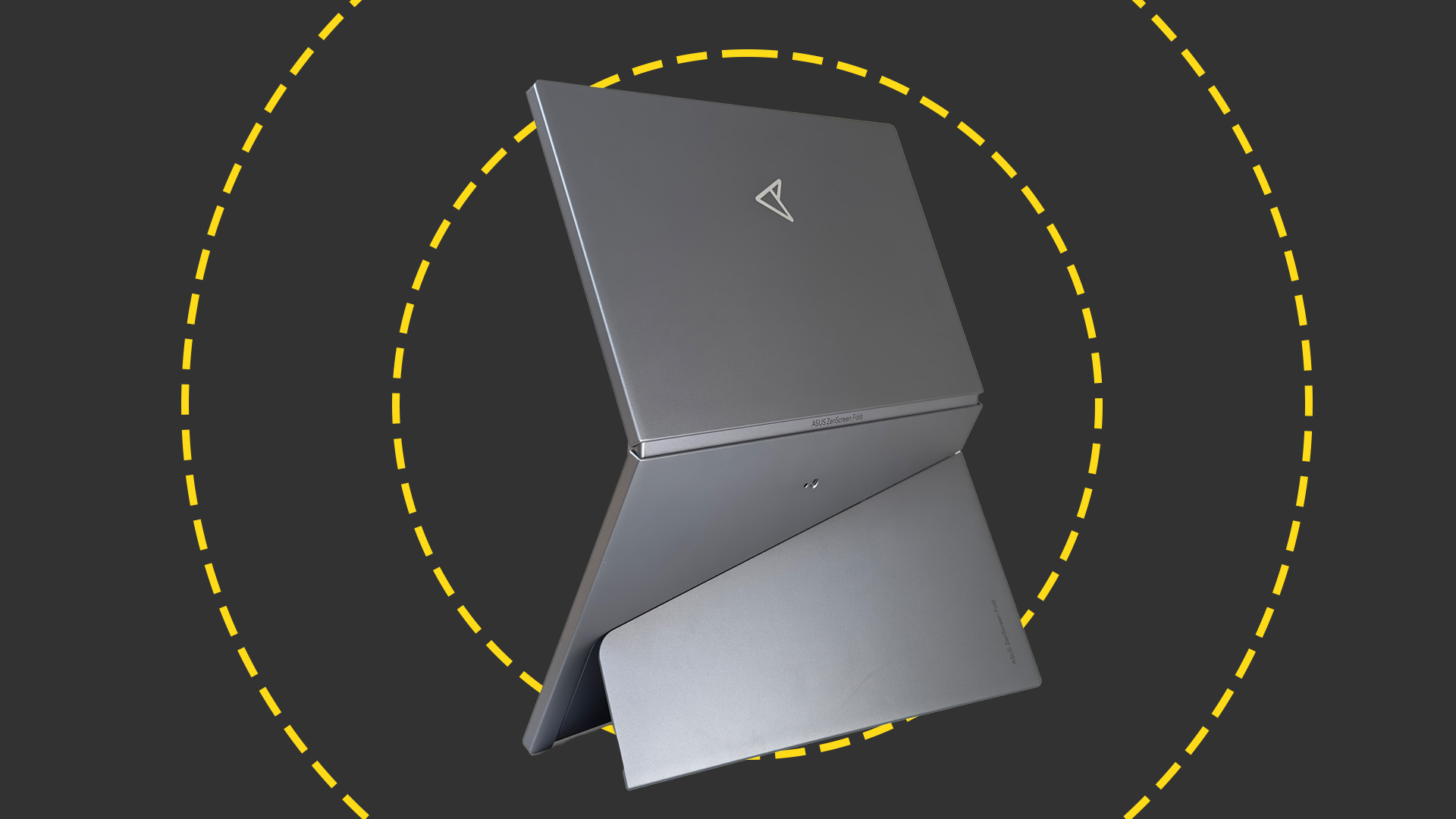 Asus ZenScreen Fold OLED MQ17QH review
Asus ZenScreen Fold OLED MQ17QH reviewReviews A stunning foldable 17.3in OLED display – but it's too expensive to be anything more than a thrilling tech demo
By Sasha Muller
-
 How the UK MoJ achieved secure networks for prisons and offices with Palo Alto Networks
How the UK MoJ achieved secure networks for prisons and offices with Palo Alto NetworksCase study Adopting zero trust is a necessity when your own users are trying to launch cyber attacks
By Rory Bathgate
-
 Healthcare’s next chapter
Healthcare’s next chapterwhitepaper Revolutionizing how you care with EPR experts you can trust
By ITPro
-
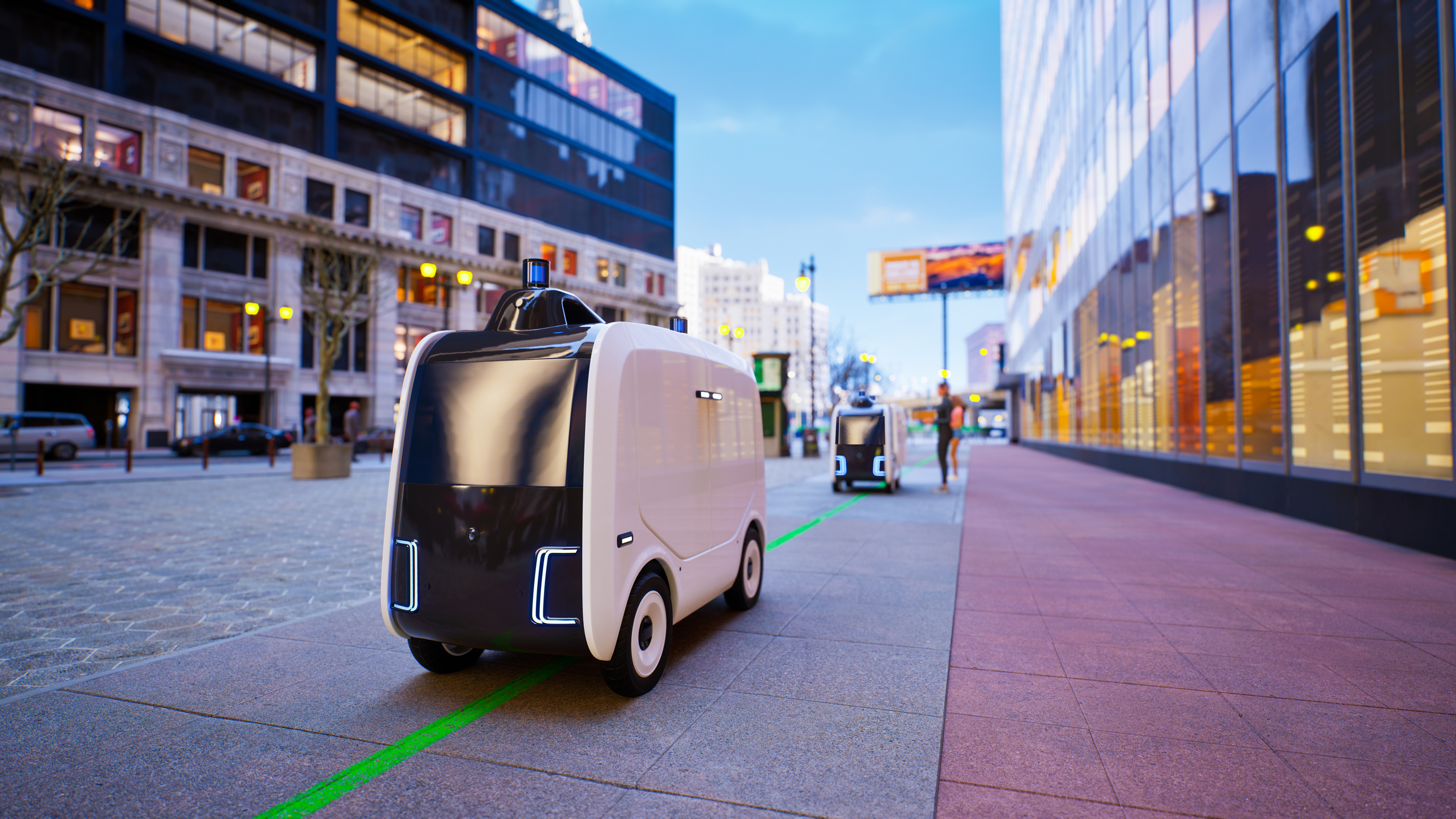 ‘Not if, but when’: Where are the autonomous robots?
‘Not if, but when’: Where are the autonomous robots?In-depth Robots are already common in manufacturing, but where are the autonomous robots of the future and what form will they take?
By Steve Ranger
-
 Automate personalization with AWS
Automate personalization with AWSWhitepaper How marketers can automate, deliver, and analyze billions of personalized messages and offers per day
By ITPro
-
 How a hyper-automation platform can drive value for your bank
How a hyper-automation platform can drive value for your bankWhitepaper Five ways automated processes can drive revenue and growth
By ITPro
-
 Appian wants to be the AI company for AI skeptics
Appian wants to be the AI company for AI skepticsAnalysis The firm outlines its AI strategy at Appian World 2023 while using ChatGPT and Midjourney to create scripts and imagery for keynote presentations
By Rory Bathgate
-
 How data analytics is transforming Healthcare
How data analytics is transforming HealthcareWhitepaper How companies can adapt their strategy to integrate data analytics
By ITPro
-
 Workday hit with claims its AI hiring systems are discriminatory
Workday hit with claims its AI hiring systems are discriminatoryNews An African American plaintiff has alleged that Workday's systems prevented him from being hired on the basis of his race, age, and mental health
By Rory Bathgate
-
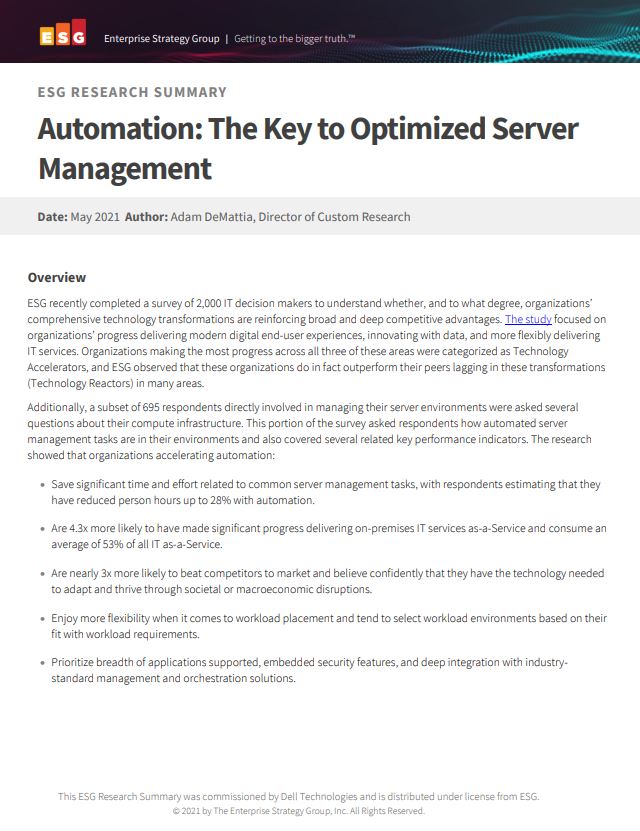 Automation: The key to optimised server management
Automation: The key to optimised server managementWhitepaper Deliver modern digital end-user experiences, innovate with data, and more flexibly deliver IT services
By ITPro